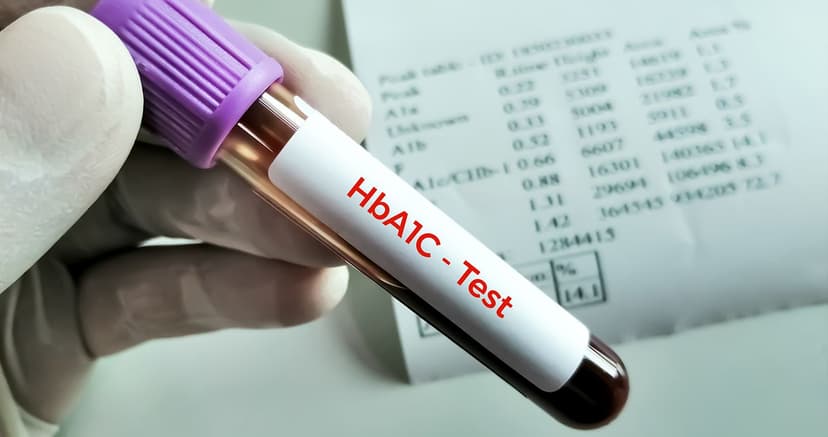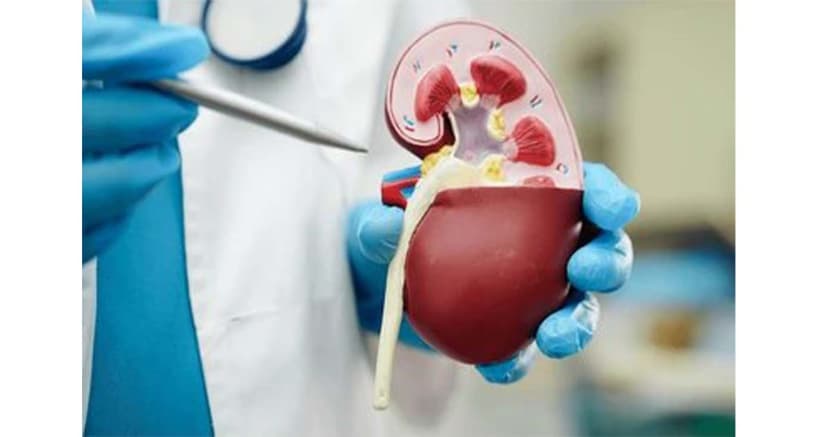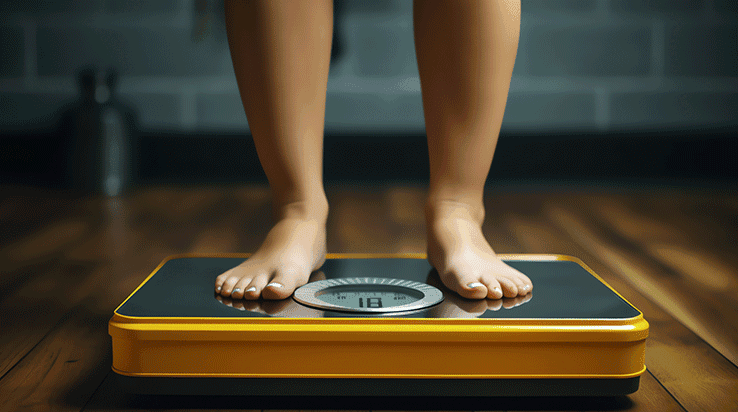Understanding the Breast MRI Process: What to Expect During Your Scan
By:

Apex Hospitals
01-08-2024

Breast MRI, or Magnetic Resonance Imaging of the breast, is a non-invasive diagnostic tool used to detect and assess breast cancer. This imaging technique is beneficial for providing detailed pictures of the breast's internal structures. By utilizing powerful magnets, radio waves, and sophisticated computer technology, a breast MRI generates highly detailed images that can reveal abnormalities within the breast tissue.
Breast MRI is often recommended following a biopsy that confirms the presence of cancer. In such cases, it helps to determine the extent of the tumour and whether it has affected the other breast. Additionally, breast MRI can be used as a supplementary screening method alongside mammography, especially for individuals at high risk of developing breast cancer. This group includes those with a significant family history of breast cancer or those who carry inherited genetic mutations associated with an increased risk of the disease.
Why is a breast MRI done?
A Breast MRI is performed for several important reasons, particularly in the context of breast cancer detection, evaluation, and management. Here are some key reasons why a Breast MRI may be done:
1. Breast MRI is often used for screening in individuals with a high risk of breast cancer, such as those with a strong family history or inherited gene mutation. The MRI’s sensitivity helps detect cancers mammography might miss, especially in dense breast tissue.
2. When other imaging methods, such as mammograms or ultrasounds, show unclear or suspicious findings, a Breast MRI can provide more detailed images to help clarify the nature of the abnormalities, such as lumps and masses in the breast.
3. After a biopsy confirms the presence of breast cancer, a Breast MRI can be used to determine the extent of the disease, including the size of the tumour and whether it has spread to other areas of the breast or nearby tissues.
4. It is also utilized to check the opposite breast for any signs of cancer that might not have been detected during the initial screening.
5. During and after chemotherapy, Breast MRI can assess how well the treatment is working by monitoring changes in the size and characteristics of the tumour.
6. For women with breast implants, MRI can be used to evaluate the integrity of the implants and detect any complications, such as ruptures or leaks.
7. For women who have previously been treated for breast cancer, a Breast MRI can be used as part of routine follow-up to detect any recurrence of the disease.
What are the risks of Breast MRI?
While Breast MRI is a valuable diagnostic tool, it does come with certain risks and considerations. Here are some of the potential risks associated with Breast MRI:
1. Breast MRI often uses a contrast dye called gadolinium to enhance the images. Although rare, some people may have an allergic reaction to the dye, resulting in symptoms such as rash, itching, or more severe reactions.
2. Breast MRI is highly sensitive, which means it is more likely to detect non-cancerous abnormalities (false positives). This can lead to additional testing, such as biopsies, and potentially cause unnecessary stress and anxiety for patients.
3. The MRI machine is a narrow, enclosed space, and patients must remain still for a prolonged period (typically 30-60 minutes). This can be uncomfortable or even distressing for individuals who suffer from claustrophobia.
4. Lying still on the complex MRI table for an extended time can cause discomfort, particularly for patients with back problems or other physical conditions.
5. Patients with certain metal implants (e.g., pacemakers, cochlear implants, or some types of metal clips or stents) may not be able to undergo an MRI because the magnetic field can interfere with or even dislodge these devices.
6. While MRI does not use ionizing radiation, the effects of the contrast dye on an unborn baby are not fully understood. Therefore, MRI with contrast is generally avoided during pregnancy unless necessary.
How to get ready for a breast MRI?
When scheduling your breast MRI, the imaging centre staff will provide specific instructions on preparing for the procedure. Here’s what you should consider:
1. Eating, Drinking, and Medications:
- Follow the guidance given by the imaging center regarding your diet and medications on the day of your MRI. Generally, you can eat and drink as usual unless otherwise instructed.
2. Allergies and Medical Conditions:
- Inform your healthcare team about your allergies, particularly when contrasting dyes are used. Most MRI procedures use gadolinium, a contrast agent injected into a vein in your arm to enhance image clarity. Knowing about your allergies in advance can help avoid allergic reactions.
- If you have kidney issues, let your healthcare provider know. Gadolinium-based contrast agents can cause complications in individuals with impaired kidney function.
3. Pregnancy and Nursing:
- Notify your healthcare team if you are pregnant. While MRI is generally avoided during pregnancy due to potential risks associated with the contrast dye, your provider will assess whether it’s necessary and safe based on your situation.
- If you are breastfeeding, consider stopping for 24 to 48 hours after the MRI. Although the risk to infants from gadolinium is low, you might pump and discard your milk during this period to ensure your baby’s safety. You can store milk before the MRI to feed your baby while you pause breastfeeding.
4. Avoid Metal Objects:
- Remove all metal items, including jewelry, hairpins, watches, and eyeglasses, before the MRI. Metal can interfere with the MRI machine and affect the quality of the images.
5. Implanted Medical Devices:
- Inform your healthcare team about any implanted medical devices, such as pacemakers, defibrillators, drug ports, or artificial joints. MRI machines use strong magnets that can interact with certain implants, so your healthcare provider must determine if the MRI is safe.
During the procedure
During a Breast MRI, a contrast dye, also known as a contrast agent, is often used to enhance the visibility of tissues and blood vessels in the MRI images. This dye is administered through an intravenous (IV) line in your arm.
1. For the MRI, you will lie face down on a padded table designed specifically for breast imaging. Your breasts will be positioned into hollow spaces in the table, which are equipped with coils that receive signals from the MRI machine. The table will then slide into the central opening of the MRI machine.
2. Imaging Process:
- The MRI machine creates a magnetic field around you and sends radio waves through your body. While you won’t feel these waves, they generate detailed images of your breast tissues.
- During the scan, the MRI machine produces loud tapping and thumping sounds. To protect your hearing, you may be given earplugs to reduce the noise.
3. During the Scan:
- The MRI technologist will observe you from another room but can communicate through a microphone. Breathing normally and remaining as still as possible is essential to ensure clear and accurate images.
- The entire Breast MRI appointment typically lasts between 30 minutes and one hour.
After the procedure
After undergoing a Breast MRI, it’s essential to take a few precautions to ensure your safety and comfort:
1. When getting up from the MRI table, do so slowly to prevent any dizziness or light-headedness that can occur after lying down for an extended period.
2. If sedatives were used during the procedure, you may need to rest until the effects wear off. Avoid driving or operating heavy machinery if you are sedated.
3. If a contrast dye was administered, you might be monitored briefly afterwards to check for any side effects. Be alert for symptoms such as itching, swelling, rash, or difficulty breathing, and report any concerns to your healthcare provider.
4. After leaving the imaging centre, contact your healthcare provider if you notice any pain, redness, or swelling at the IV site. These could be signs of an infection or an adverse reaction.
5. If you are breastfeeding and had a Breast MRI with contrast, consider avoiding breastfeeding for 12 to 24 hours afterwards. You can pump and store milk beforehand to feed your baby during this period.
6. Generally, no special care is required after a Breast MRI. You can return to your diet and activities unless your healthcare provider gives different instructions.
7. Your healthcare provider may provide specific instructions based on your situation. Follow any additional or alternative advice given to ensure the best outcomes.
A Breast MRI is a valuable tool for screening, diagnosing, and assessing breast cancer and other abnormalities. If you need a Breast MRI and have concerns or questions about the procedure, the experts at Apex Hospitals, the leading oncology centre in Rajasthan, are here to assist you. Contact them for guidance and support. Schedule your appointment today.
FAQS
Related Articles
Connect With Us
Health In A Snap, Just One App.
KNOW MORE

























































































































































